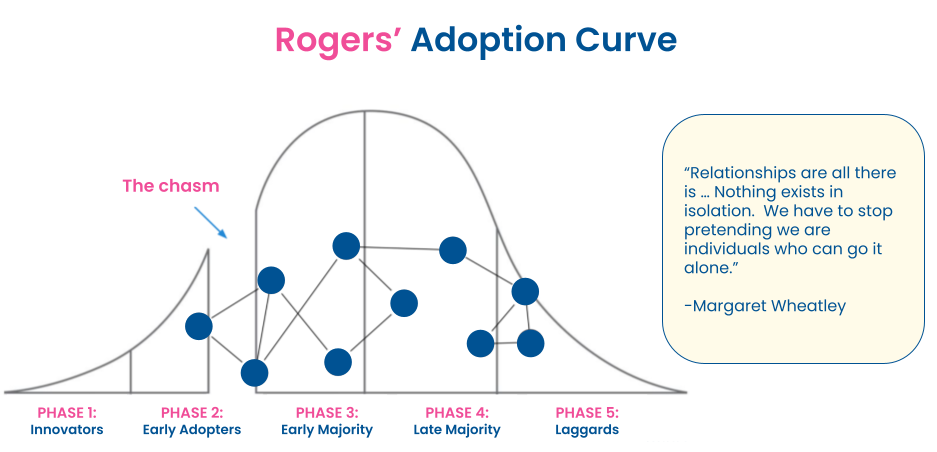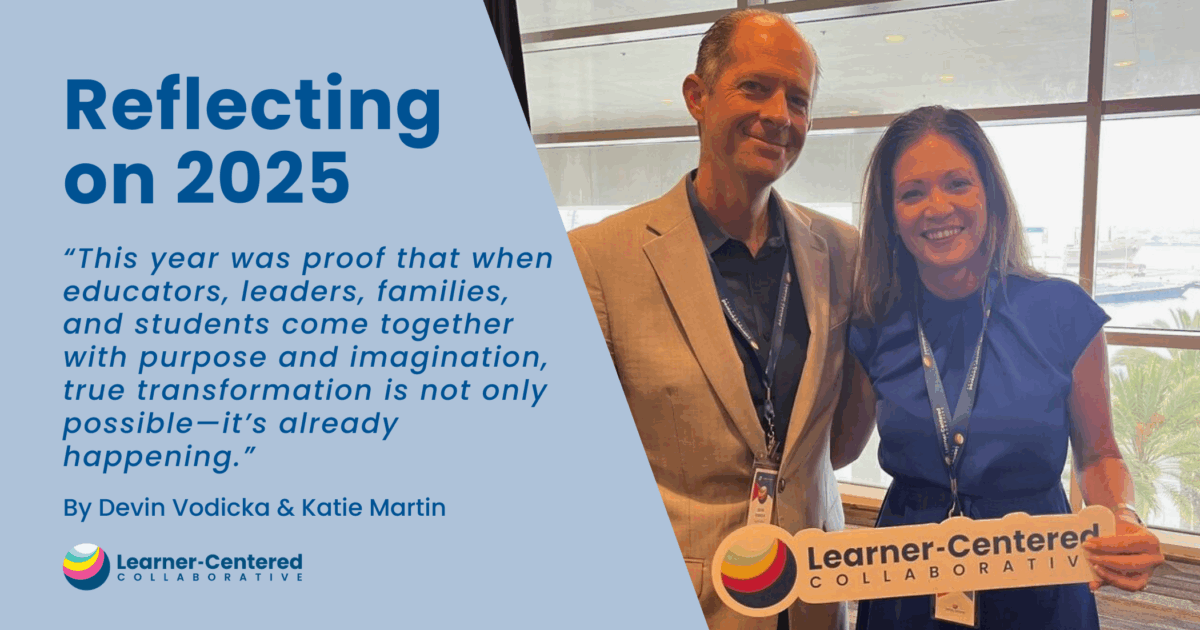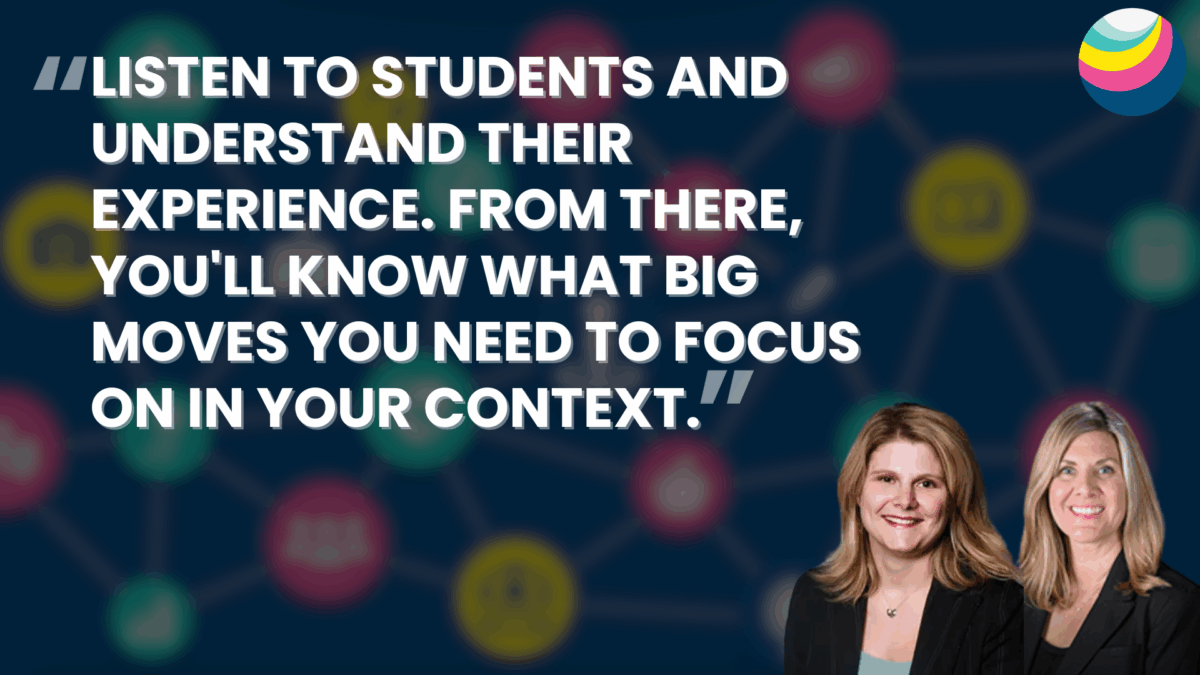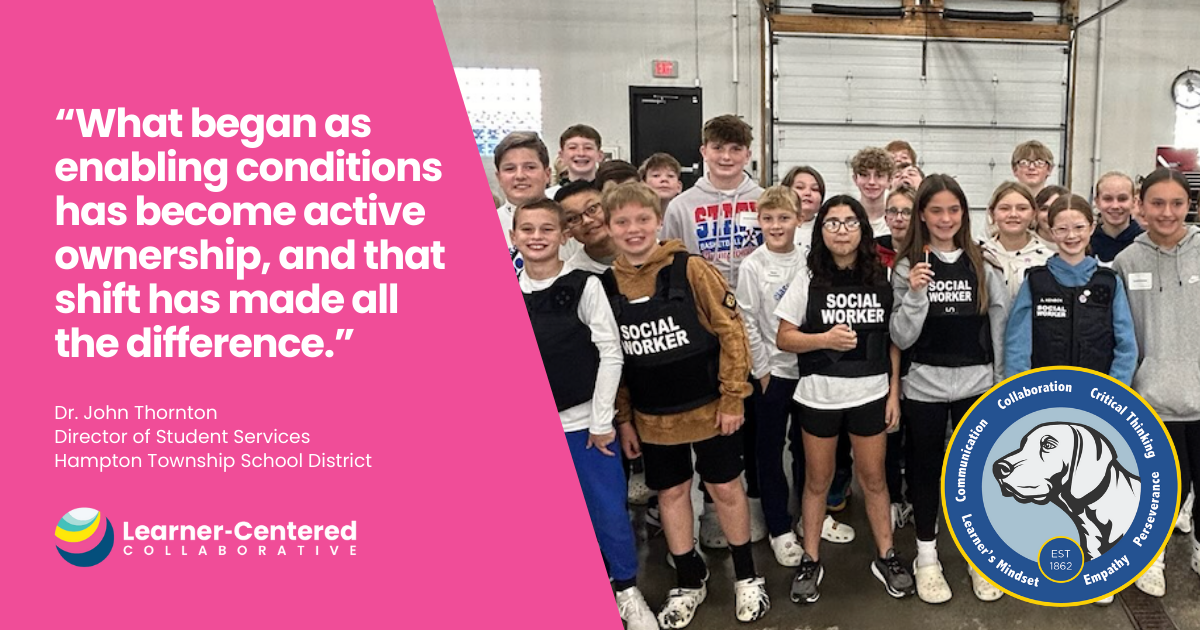The Power of Networks
Learning is social. We are all learners and adults need social learning experiences as well. We know that relational trust is foundational for meaningful growth and change in learning communities and that communities with strong connections and social capital are more likely to be effective.
Unfortunately, the prevailing Industrial model of education promotes isolation through specialization. Our assembly models have led us to organize into “self-contained” classrooms and schools that operate with limited interaction with one another. Many teachers have never seen their neighbors down the hall in action and many principals have never seen the schools down the street.
This lack of connectedness is even more pronounced across geographies. This lack of social connectivity across learning environments impedes the potential for diffusion of innovation and profoundly limits our collective ability to learn together for the benefit of our students.
Diffusion of Innovation
It should be concerning for all of us that a likely consequence of the lack of social connectivity across learning environments will be increasing inequality. The Rogers Adoption Curve illustrates how this can occur when we fail to “cross the chasm” between the innovators and the majority in the middle of any change initiative.
This lack of connectedness is an even more profound problem when we zoom out and look across a wider environment and we recognize that educators seldom have exposure to the rapidly changing world of work and life outside of schools. The lack of exposure to the outside world limits our sense of possibility and limits our individual and collective creativity.
The unfortunate consequence of the cultures of isolation in education is that we are not learning together and in the process we are failing to improve in our capacity at a time when our students and communities need us the most.
Getting Connected
There is a solution to this problem which is to recognize that our systems and structures are human-made and we can re-make those systems and structures together. We can formalize connectedness across communities through networks that include visits to various learning environments as well as industry. I have experienced this intermittently in my own career and can confidently share that spending time in startup environments in Silicon Valley and with partners like Qualcomm during my time as Superintendent in the San Diego area have profoundly shaped my views of what is possible.
With modern technology, we can remain connected to one another through video conferencing, social media, and other forms of communication to continue conversations even when we are not physically proximate. We can build on what we learn from our shared experiences to create communities of practice that work collectively to address challenges and identify opportunities.
It is also important to recognize that there are some design principles for these networks which we can incorporate to help them to be more productive.
> Group size matters
We know that exceeding Dunbar’s number of 150 results in splitting into subcommunities. We also know that in small groups the ideal size is 5-7 members and when we add the 8th person we tend to split into two small groups. We can organize these networks according to these principles.
> Relational trust is key to collaboration
We can embed elements of relational trust such as consistency, compassion, competence, and communication to promote openness and meaningful collaboration.
> The experience should be co-constructed
Finally, these networks, just like our educational systems, must be learner-centered. In a learner-centered model the participants must spend time co-constructing shared aspirations and plans to move toward their desired future. Each network, much like each of us as individuals, will be unique and distinctive based on our contexts and identities. We can further connect across networks to create a “network of networks” that will promote rapid learning, revealing the power of social capital as a hidden resource to dramatically evolve our learning ecosystems.
What’s Possible Together?
Learner-centered models are being designed, developed, and implemented right now in isolated pockets. We can connect with one another and learn from one another. Together, we can ensure that all learners know who they are, thrive in community, and actively engage in the world as their best selves.
The time to come together is now. We are looking for learner-centered leaders who are interested in joining a network that shares a commitment to a brighter future. Let’s see what’s possible together.
Click here to indicate your interest in joining a Learner-Centered Connections network.







